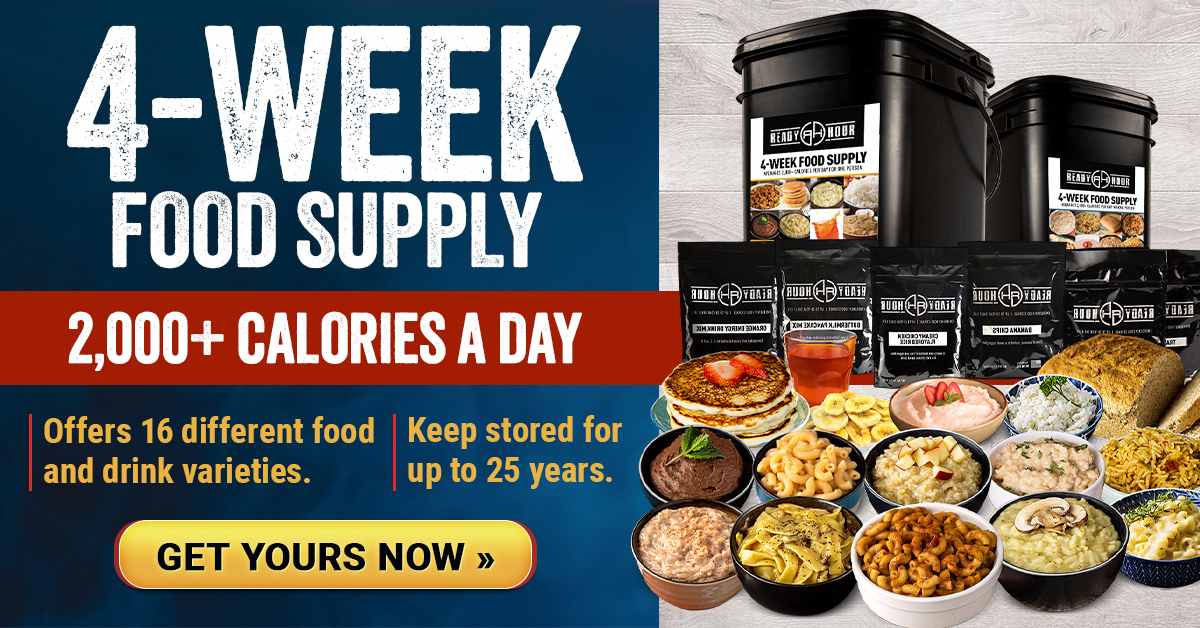Dairy farmers in Australia are now being forced to inject the gene-altering mRNA vaccine that contains spike protein so they could remain in business. Just like in humans, the experimental jabs are causing severe damage to the animals and many of them died instantly.
Independent media portal InfoWars recently reported that 35 out of 200 cows died immediately after being administered the injection. (Related: LETHAL INJECTIONS: 18% of cattle DIE immediately following mRNA “vaccination.”)
Analysts consider the mandatory vaccination of cows as a direct attack on food supply. Many of them are asking if the milk and other by-products would contain the spike protein that actually harmed the animals.
“Dairy herd DNA is altered. Milk is altered and you consume it. Butter constitution, yogurt, cheese and meat are altered. Will chicken and other meats be next?” Principia Scientific International (PSI), a legally registered company in the U.K. incorporated for charitable purposes, said in a statement posted on its website.
According to the firm, all should be careful when consuming dairy products as well as beef products like burgers. PSI further suggested growing their own food and developing herds that are private, none tagged and never vaccinated.
“Time to set up a community farm association with member farmers who are not part of the system, have herds or animals that are not jabbed or tagged so a community of private people can be consumers of organically produced livestock,” it added.
There is no science behind mandatory COVID-19 mRNA injections in animals
New South Wales (NSW) was the first to have cattle herds injected with mRNA. The NSW government’s reason for the animal vaccination drive is to protect them not just from the Wuhan coronavirus (COVID-19) but also from foot and mouth disease (FMD) and lumpy skin disease.
As per Deputy Premier and Minister for Regional NSW Paul Toole, this move is an important milestone toward securing the vaccine technology that will protect Australia’s $28.7 billion livestock industry.
“The NSW Nationals in Government are taking the threat of FMD and Lumpy Skin Disease extremely seriously, and this milestone is another step forward in preparing for a potential outbreak,” Toole said. He added that he has already written to the vaccine manufacturer to take his challenge to develop vaccines ready for use and manufacture in NSW by August 1 next year.
In other words, there’s no science involved in the recent mRNA vaccination drive on cattle herds.
“COVID-19 demonstrated to us that all possible avenues in developing vaccines must be explored and we will leave no stone unturned,” Toole said, referring to how the approval of the vaccine mandate has been fast-tracked.
Minister for Agriculture Dugald Saunders said U.S. biotechnology company Tiba Biotech has been given free rein to churn out as many mRNA injections as possible to supposedly protect Australia’s multi-billion livestock industry. He said it is critical to developing mRNA vaccines for FMD and lumpy skin as quickly as possible.
Visit Vaccines.news for more news related to the lethal mRNA vaccines that are now being administered to animals.
Watch the below video where Dr. Jane Ruby exposed sociopaths preparing to inject cattle and animals with mRNA vaccines.
This video is from the High Hopes channel on Brighteon.com.
More related stories:
- ZOOTARDS ON PARADE: Toronto Zoo absurdly claims its animals are VOLUNTARILY getting injected with the COVID vaccine.
- MIND-BLOWING: Oakland and Denver zoos giving COVID-19 spike protein vaccines to animals – including bears, gorillas, tigers and mountain lions.
- Now they’re vaccinating gorillas at the zoo for coronavirus.
- INSANITY: Phoenix Zoo vaccinates 75 ANIMALS for COVID-19 – all of them endangered species.





